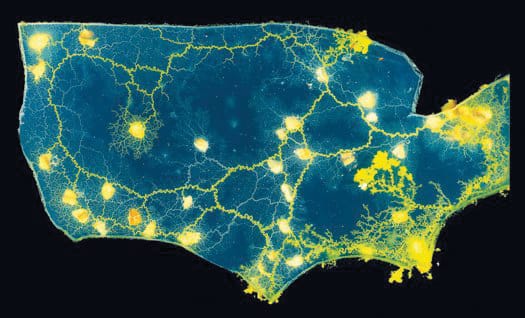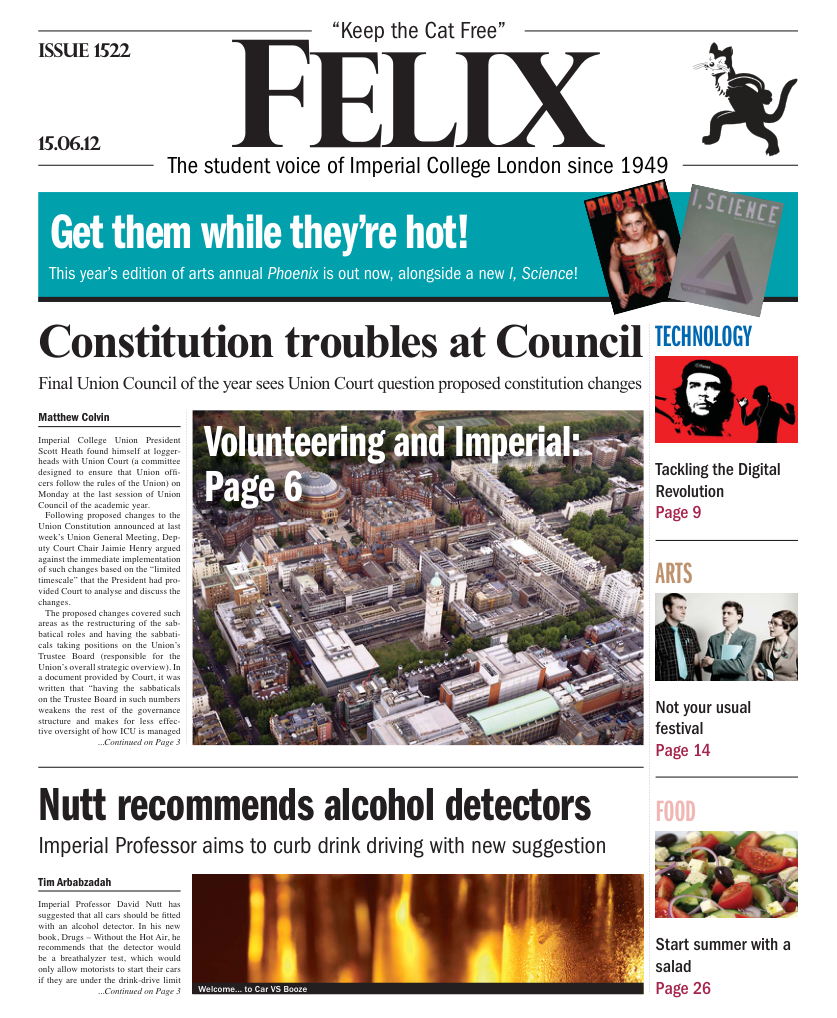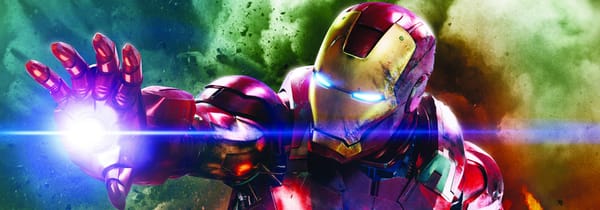The future is unconventional
Helen Wilkes takes a look at computing inspired by biology

Scanning the list of papers in the International Journal of Bio-inspired Computation, a few strange phrases jump out. ‘Neuro-fuzzy-based’, ‘cuckoo search’ and ‘bat algorithm’ are particularly good examples. Swarming appears to happen quite frequently. And even more intriguingly, I’ve just noticed a paper about slime. It appears that computing, stereotypically the domain of the digital, has acquired a life of its own.
Bio-inspired computing is not, however, a new discipline, with founding father Alan Turing basing his work on the fundamental question of whether a computer could ever think like a human. The idea that evolution could provide a framework for computational problem solving has been around since the 1950s. Less of a strict field than a philosophy, bio-inspired computing refers to a network of interrelated areas of study including robotics, artificial intelligence and evolutionary computation. These areas and the people who study them are blurring the boundaries between nature and computer.
In this field, it is the computer that takes control. Rather than the programmer telling the computer what to do (the top-down approach), a bottom-up, decentralised system allows computing systems to employ ‘survival of the fittest’ principles to create their own solutions to problems.
Which brings us back to slime. Andrew Adamatzky is from the appropriately named International Centre for Unconventional Computing at the University of the West of England in Bristol, where in a recently published paper he showed that the slime mould Physarum polycephalum can be used to help calculate the shape of a polygon linking on a surface. This task is essential for the development of sophisticated graphics in gaming and films.
Using ‘Kalms’ sleeping tablets as an unusual attractant for the slime to spread its tentacle-like protrusions across a plastic plate, the slime has to use as little expenditure as possible to cover as many points as it can – essentially, the mould is playing a game of connect the dots that can be translated into computational efficiency. “Plasmodium’s foraging behaviour can be interpreted as computation,” explains Adamatzky in a recent press release, “when data are represented by spatial configurations of attractants and repellents, and results by structures of protoplasmic network.”
It seems that computational systems derived from biological principles have found their niche in the graphics, art and gaming spheres. Various scientists have used the principles of evolutionary computation for aesthetic effect, from Maarten H. Lamers, whose ‘hybrid biological-digital’ games integrate real biological organisms inside computer games, to Simon Colton at the Computational Creativity Group at Imperial College London. Colton’s work, recently featured on the BBC’s Horizon, showed that computers could be used to make artwork so complex it appeared to have been created by a human. The main aim of the group at Imperial is in fact to create software that can take on ‘creative responsibility’, either autonomously or in collaboration with humans, to create art and science projects.
However there are many other applications for this rapidly diverging discipline. As research fellow Cameron Browne, from the Computational Creativity Group explains, “Computational creativity applies to any creative field. At the International Computational Creativity Conference in Dublin a couple of weeks ago, we saw all sorts of applications including computer-generated poetry, jokes, Mexican legends with automatically illustrated codices, even automatically generated recipes.”
It is an easy scaremongering tactic to employ that the closer we get to true artificial intelligence the bigger the risk that the machines will turn against their makers. However it seems that as we use natural mechanisms to improve the efficiency of computing, art and cultural products made by computers may become the norm. As Adamatzky puts it, “Unconventionality’ is relative. What is ‘unconventional’ today will be ‘conventional’ tomorrow.”







